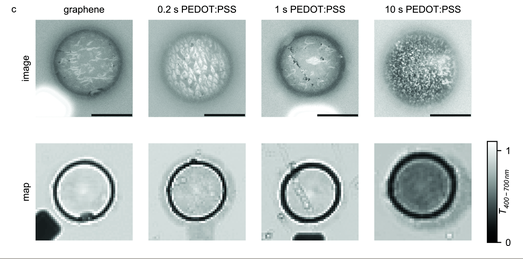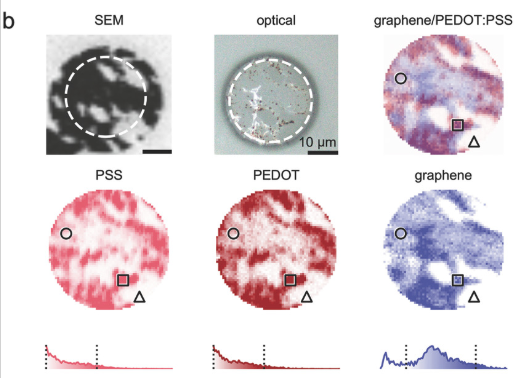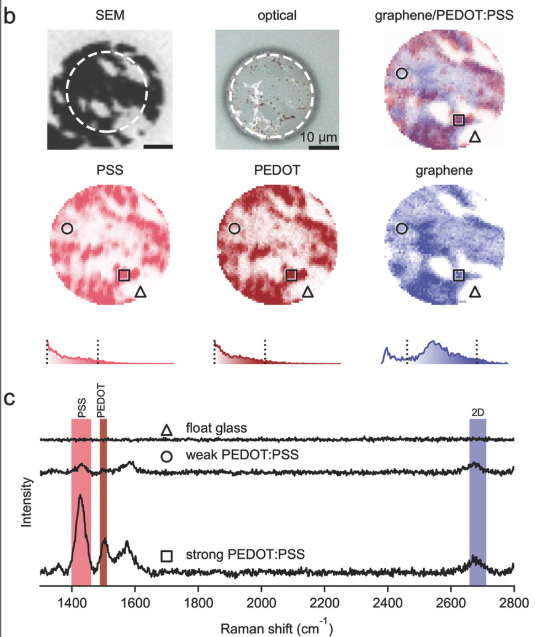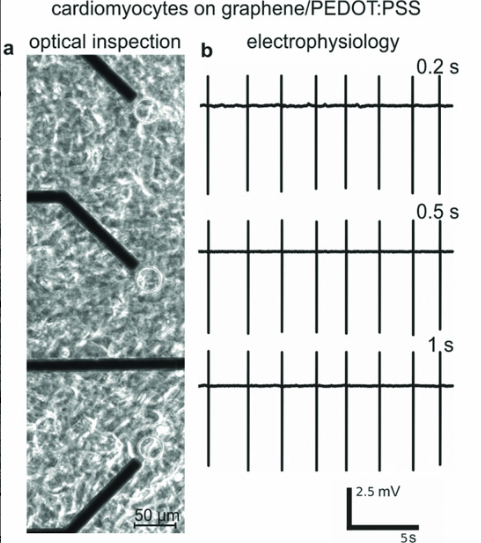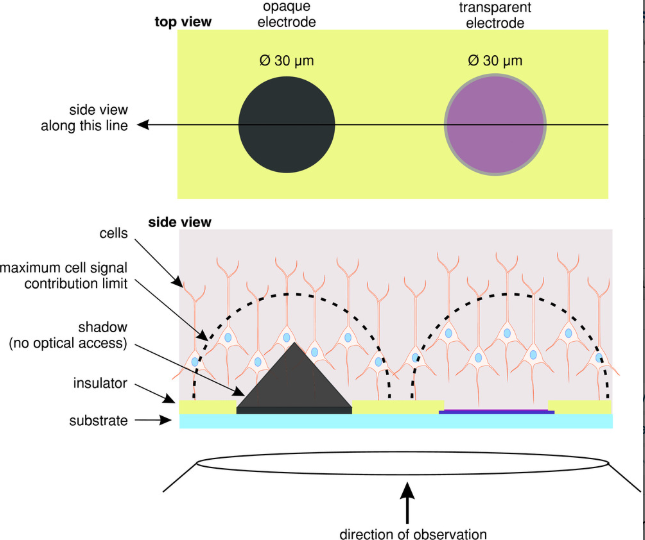This is your host (@MySci_PK) and I will tell you all about our latest publication which I'm super duper proud of!
1. transparent
2.graphene
3. PEDOT:PSS
4. microelectrodes for electrophysiology
We mean optically transparent, just like window glass (or even better 😉)
Don't get carried away by the screen in the gif. Stay with me!
I talked a lot about this wonder material of the 21st century. In case you missed it, here is the thread 😁
The details about microelectrode arrays are here:
We didn't really sprinkle PEDOT:PSS on graphene as seen in the gif. What we did is in the next tweet!
Won't the transparency go for a toss?
We thought the same!
Visualising neurons through the transparent graphene microelectrodes, while the Au conduction paths (black lines) block the view.
#Win
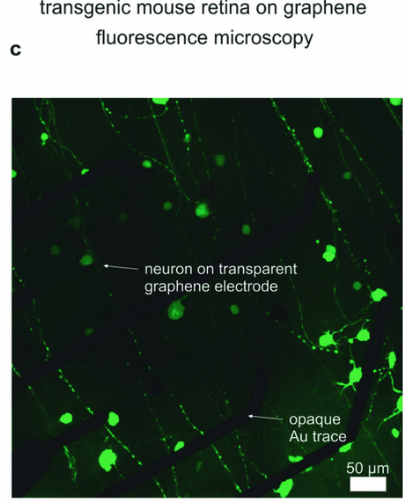
In case of questions, do reach out on @MySci_PK and I will be more than happy to have a conversation about graphene, MEAs, transparent microelectrodes, electrophysiology and other topics. 😊
*The End*





